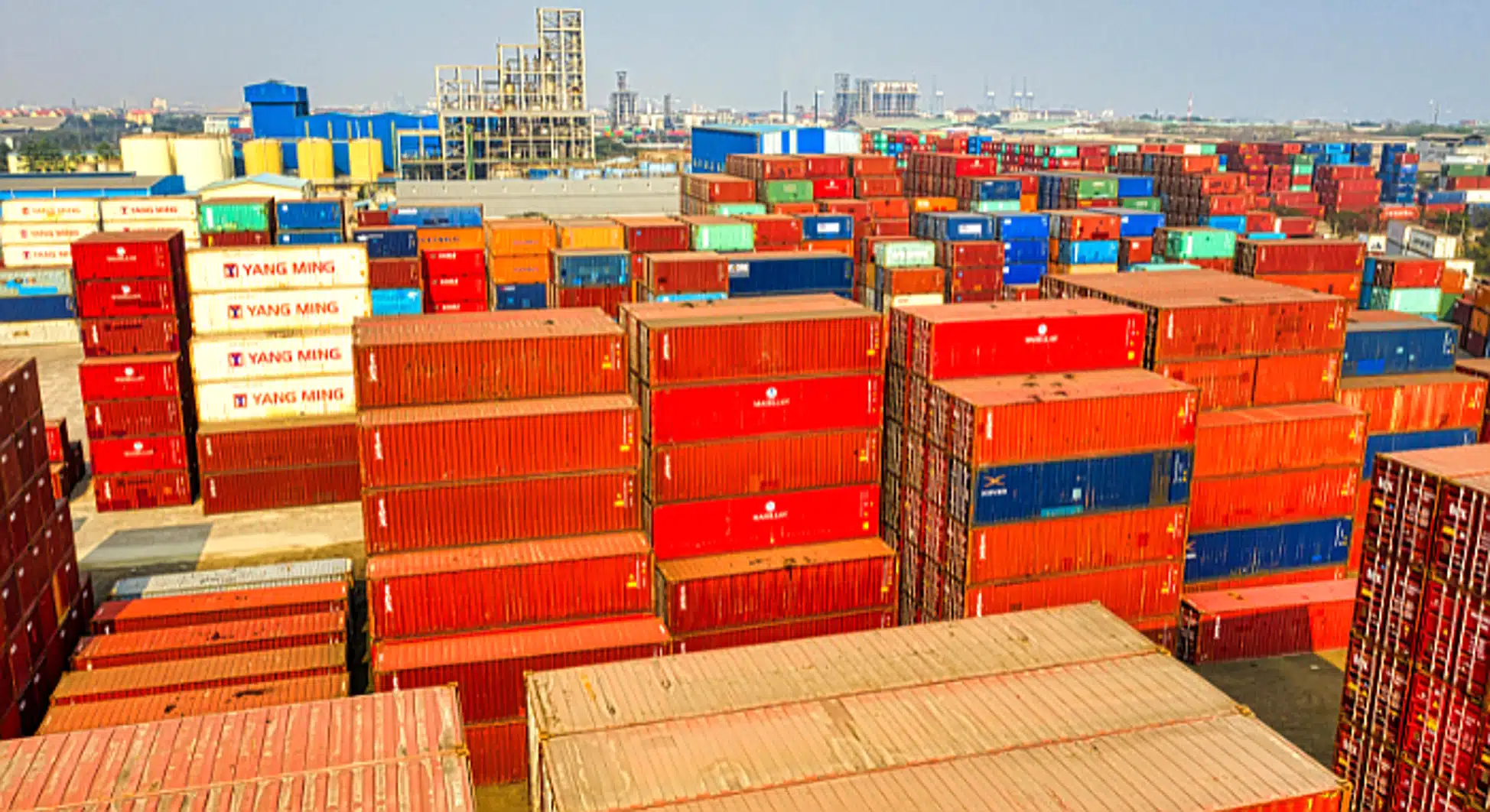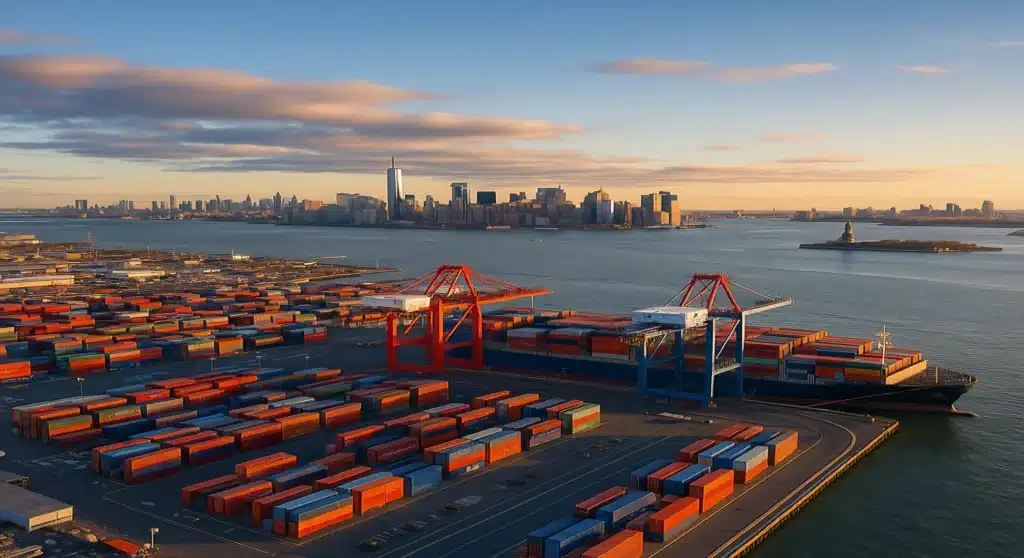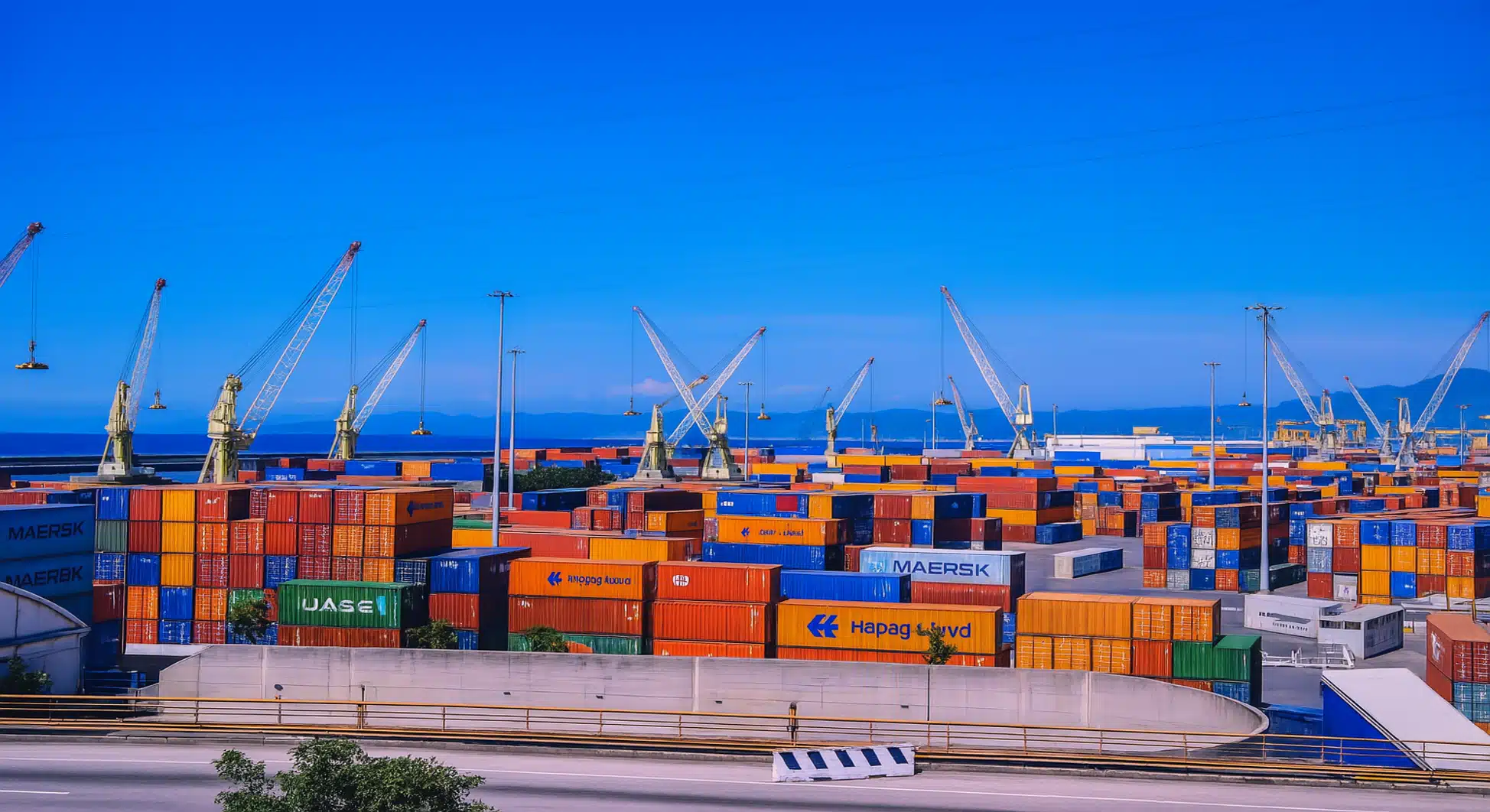How declining river levels impact your supply chain — and why New York could replace Canada as the key entry point for shipments coming from Europe.
Table of Contents
Why Is There a Low Water Surcharge in Canada?
The Low water surcharge in Canada is not arbitrary—it stems from real environmental challenges. The St. Lawrence River, a vital trade artery linking the Great Lakes to the Atlantic Ocean, has been experiencing notably low flow levels over the last decade. These fluctuations, primarily driven by climate-related changes such as lower precipitation, higher evaporation rates, and seasonal variability, are impacting vessel operations and routing.
From 1932 to 2012, flow levels in Sorel (midway through the river system) varied between 6,000 m³/s and 20,000 m³/s, with recent decades trending toward the lower end of that spectrum. In 2012, for example, the flow remained under 7,500 m³/s for much of the summer—significantly lower than average.
To maintain navigational safety, vessels are often forced to sail at partial loads, reducing cargo capacity and increasing per-unit costs. As a result, carriers are applying the low water surcharge in Canada to offset these losses—surcharges that directly affect supply chain budgets.

Real Economic Consequences: Cargo Volumes and Trade Value at Stake
Low water levels along the Great Lakes–St. Lawrence Seaway are far more than a seasonal inconvenience—they represent a tangible economic threat to North America’s inland maritime trade. In 2022, this vital binational waterway handled an impressive 135.7 million metric tons of cargo. The total value of these goods exceeded US$26.1 billion (C$33.9 billion), underscoring the Seaway’s strategic importance as a corridor for both imports and exports between Canada, the U.S., and international markets.
Cargo transported by sea includes vital goods such as grain, iron ore, and manufactured products. When water levels drop, large vessels must reduce their loads by thousands of tons to avoid running aground, disrupting the supply chain. Consequences include:
- Reduced shipment volume per vessel, increasing the cost per ton
- Delays in export schedules, affecting supply chain reliability
- Potential cargo backlogs at origin ports, especially for seasonal exports like grain
- Diversion to alternative ports, which adds pressure to overland transportation infrastructure
Rerouting Strategies: From Canadian Gateways to U.S. Ports
One of the most consequential developments linked to the low water surcharge in Canada has been the reconfiguration of maritime logistics routes. Due to persistently low water levels along the St. Lawrence Seaway, some vessels are unable to operate at full capacity when calling at key Canadian ports such as Montreal. As a result, a growing share of cargo is being re-routed to alternative U.S. East Coast ports, most notably the Port of New York and New Jersey.
This shift is driven by several operational considerations:
- Navigability: Deeper and more stable water channels on the U.S. East Coast allow for full vessel loading, improving cargo efficiency and cost-effectiveness.
- Port Readiness: Facilities in New York and other U.S. ports are well-equipped to absorb redirected volumes while maintaining high service reliability and shorter dwell times.
- Cost Optimization: Shipping lines are proactively modifying port calls to mitigate the financial impact of low water surcharges in Canada and reduce potential delays.
This rerouting trend has strategic implications for supply chains. Importers and exporters may need to reassess their inland logistics, customs procedures, and warehousing locations to adapt to this evolving port landscape.

The Port of New York: Absorbing Canada’s Low Water Fallout
As the low water surcharge in Canada continues to affect shipping reliability through the Great Lakes–St. Lawrence Seaway, more cargo is being redirected to resilient ports like the Port of New York and New Jersey. In 2024, the port handled an impressive 8.7 million TEUs, reflecting an 11.4% year-on-year growth and securing its position as the largest container port on the U.S. East Coast and third nationally, after Los Angeles and Long Beach.
With approximately $246 billion in goods moved in 2024 and nearly 2.8 million metric tons of bulk cargo—including salt, cement, and vehicles—the port has the depth, infrastructure, and rail capacity (639,657 rail lifts) to absorb displaced cargo from Canadian ports. This strategic shift underscores New York’s growing importance as a safeguard against disruptions caused by fluctuating water levels upstream.

Who Can Help Navigate the Shift?
Adapting to rerouted maritime flows requires more than reactive logistics—it calls for partners who anticipate change, understand the ripple effects of port disruptions, and are equipped to act across multiple modes of transport.
Companies like Portex, with proven experience in multimodal and cross-border operations, are already helping clients navigate these shifting trade dynamics with agility and precision.
Why Portex is Positioned for Disruption-Proof Logistics
At Portex Logistics, we understand that disruptions like low water surcharges in Canada are not just temporary setbacks—they’re signals to innovate. Our operational flexibility includes port diversification strategies, integrated intermodal transport, and advanced forecasting tools. Whether rerouting cargo through the Port of New York or leveraging our European rail and road network, we help clients stay agile and cost-effective. With dedicated teams, we manage complexity so that your supply chain remains uninterrupted—even when the water runs low.

